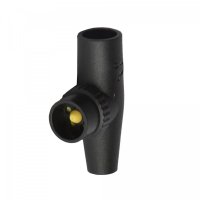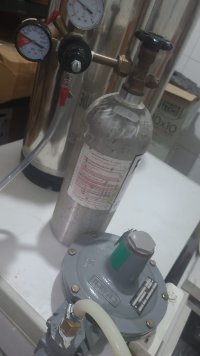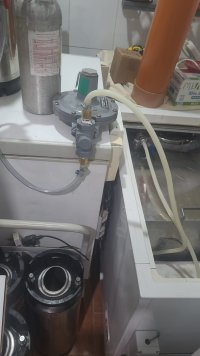Beerandgranite
Active Member
TLDR: Is the volume of co2 in a corney keg (5.5gallons) at 1-2psi enough to offset the loss of pressure in the fermentor (6.5 gallons) when crashing 5-5.75 gallons of wort from 65-33 degrees?
At risk of overcomplicating things, i am trying to find a method other than the balloon full of co2 to prevent oxygen ingress while cold crashing using a plastic bucket fermentor. I have equipped my bucket fermentors with spigots and gas posts (the latter used for the blowoff as well to pressurize while doing closed transfer) and they seem to be able to reliably hold 1-2psi for long periods of time (multiple days). my method is to:
At risk of overcomplicating things, i am trying to find a method other than the balloon full of co2 to prevent oxygen ingress while cold crashing using a plastic bucket fermentor. I have equipped my bucket fermentors with spigots and gas posts (the latter used for the blowoff as well to pressurize while doing closed transfer) and they seem to be able to reliably hold 1-2psi for long periods of time (multiple days). my method is to:
- connect the fermentor via the gas post to the gas side of corney keg filled with starsan solution
- Purge the keg via fermentation

































![Craft A Brew - Safale S-04 Dry Yeast - Fermentis - English Ale Dry Yeast - For English and American Ales and Hard Apple Ciders - Ingredients for Home Brewing - Beer Making Supplies - [1 Pack]](https://m.media-amazon.com/images/I/41fVGNh6JfL._SL500_.jpg)




























